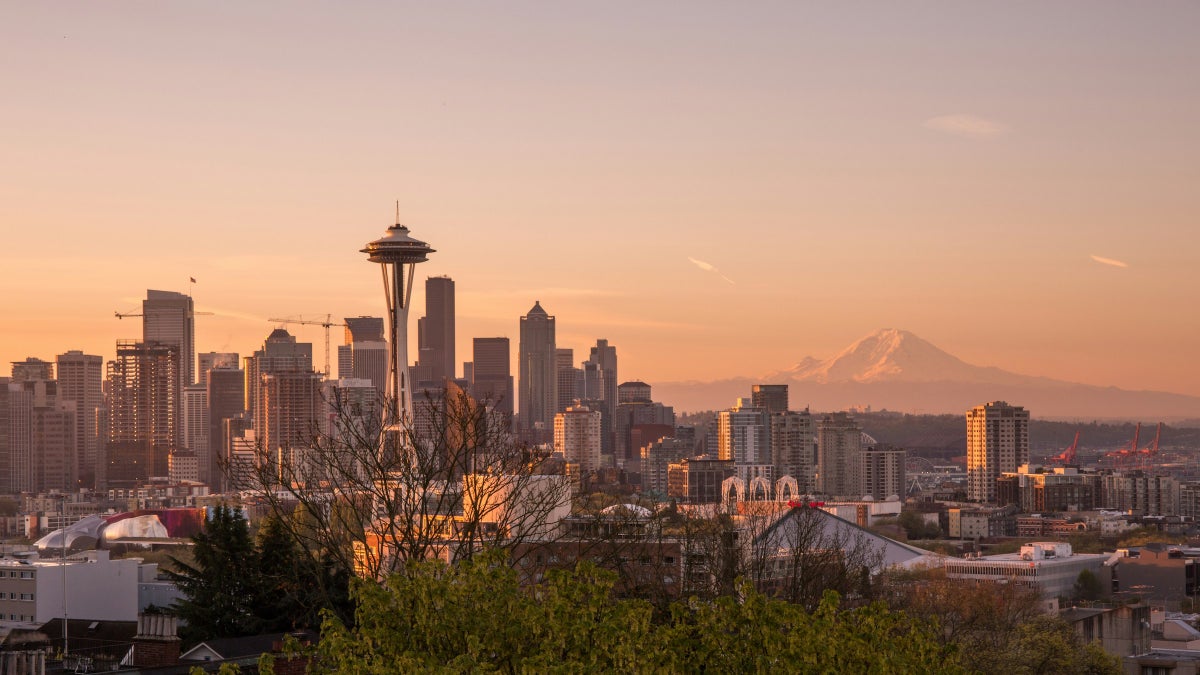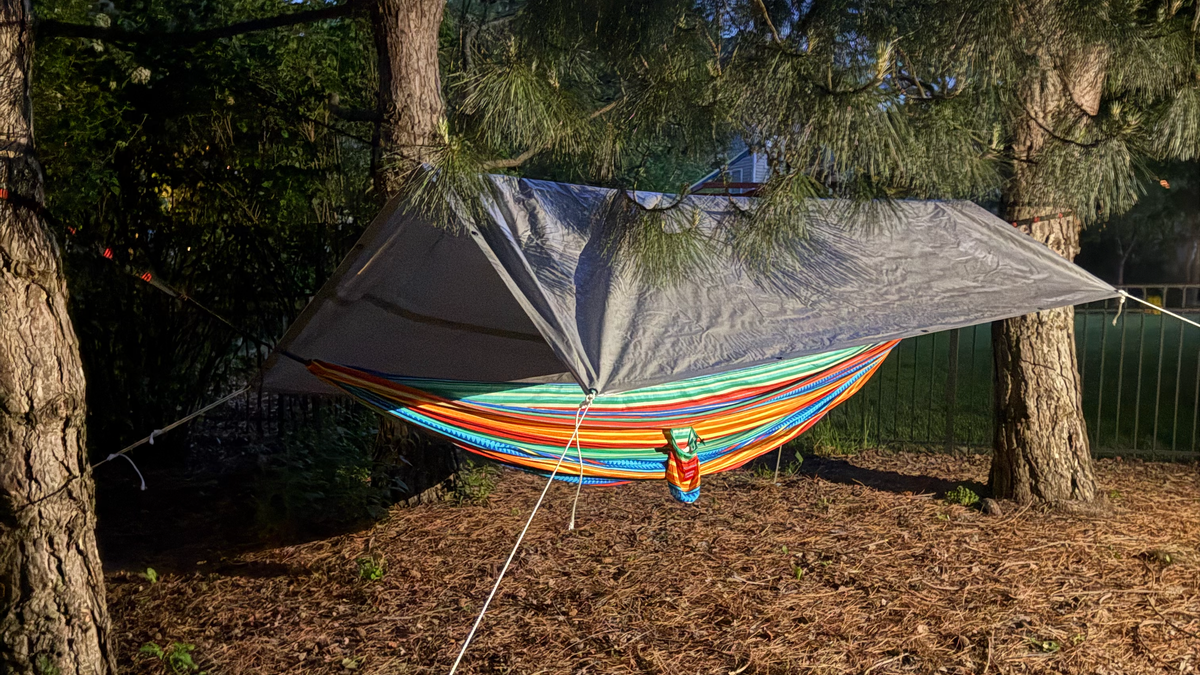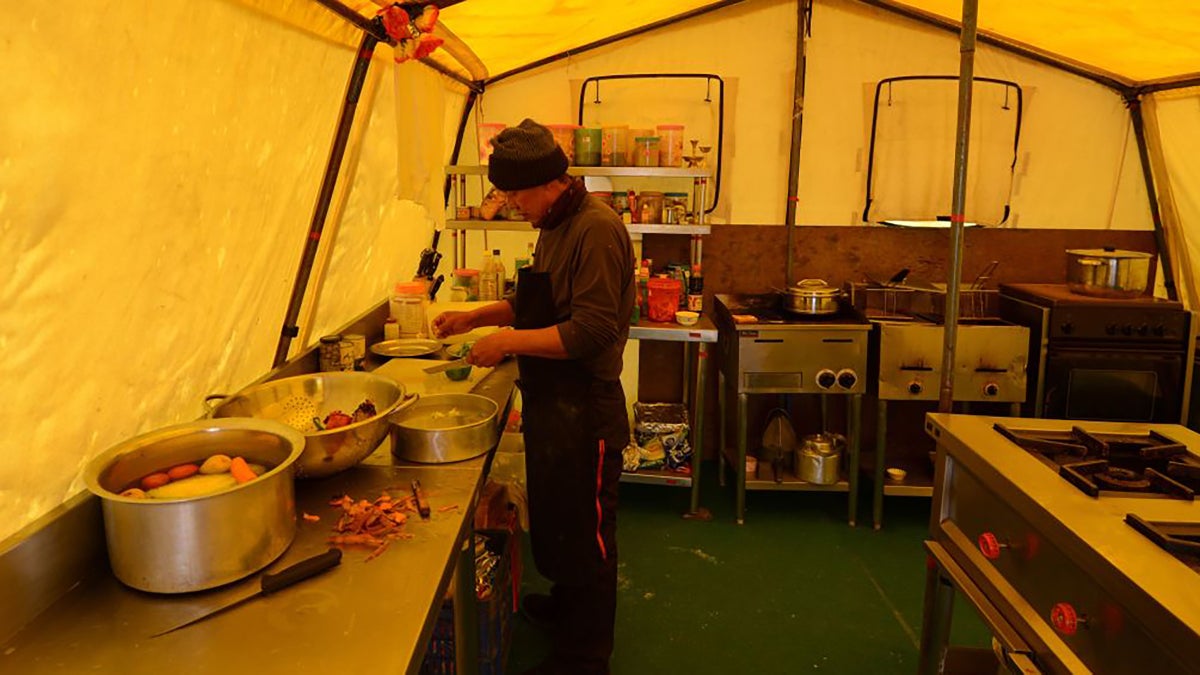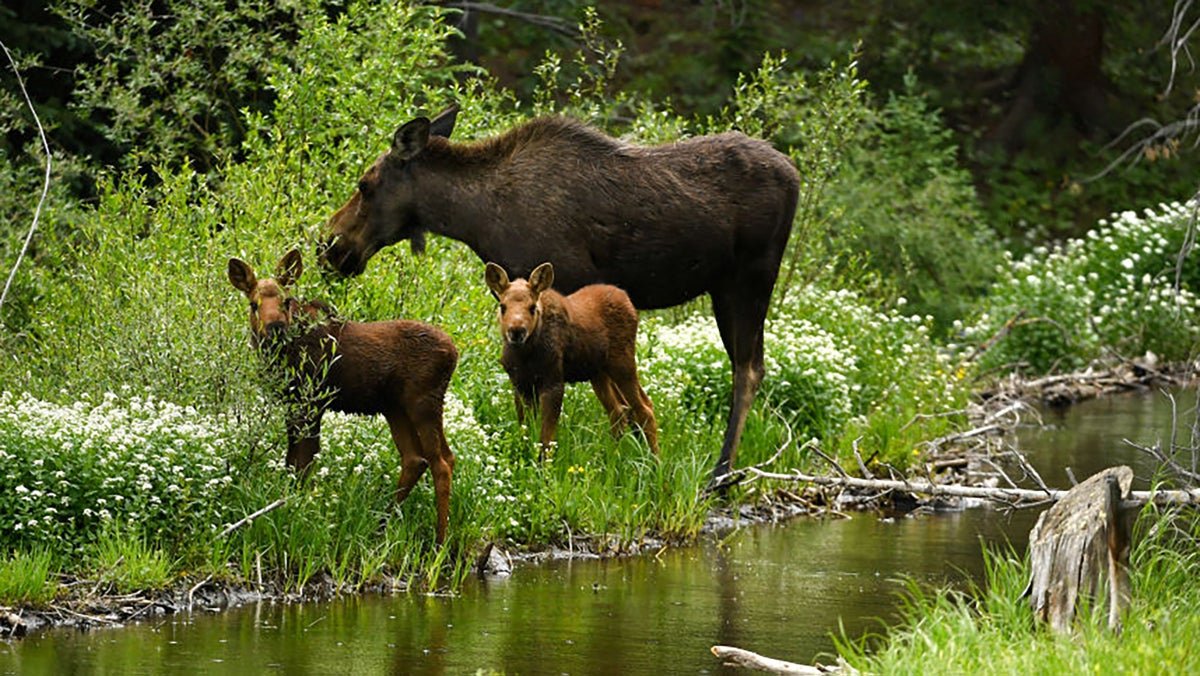
It may be inspired by fiction, but HBO’s The Last of Us has a funny way of making me ask serious questions about real life. And Season 2, with its Seattle setting, has me wondering: Would this city really be the best place to live out the apocalypse? Given all the zombie drama, The Last of Us doesn’t exactly showcase the Seattle we know, but it does seem like a decent place to spend the end times in real life. The weather is cool and rainy. There’s plenty of water. And even with climate change, the city might still be pretty comfortable given that the current average high temperature is 72 degrees in the hottest months of the year.
The risk and severity of extreme weather events that create real-life apocalyptic scenarios—floods, droughts, heat domes, hurricanes—increase as the planet warms, as robust peer-reviewed research has demonstrated. Plus, the data does show a warming planet. That means that many of us could one day be searching for a more climatically stable city to flee to—in other words, something some have called a climate haven.
The myth of climate havens
To try to answer my own questions about the climate future, I spent some time reading about these so-called “climate havens.” For the uninitiated, climate havens are places that, because of their location, seem less likely to experience the most extreme effects of climate change, like dizzyingly high temperatures, rising sea levels, severe wildfires, and floods. Examples that frequently get cited as climate havens include places like Buffalo, New York, and Ann Arbor, Michigan, for their relatively low average temperatures, distance from the threats of sea-level rise, and lack of history with extreme weather events, broadly speaking.
However, the entire concept of climate havens might be more of a clever marketing tool than a trustworthy descriptor of specific cities. Experts seem to increasingly doubt the entire idea of a climate haven or refuge because, as a Vox story from 2024 put it, “To the extent that a climate refuge even exists, it’s not a particularly physical or geophysical phenomenon. It’s social and economic.” In other words, there’s no zip code that in and of itself will be totally immune to the threats posed by climate change and extreme weather events. But the kind of preparation and mobility that financial capital can provide does offer a potential buffer—for some—to its worst outcomes.
And to make matters worse, the whole idea of climate havens might have just been taken out of context and used as a tool to attract transplants to invest in real estate in areas of the U.S. that have seen population and industry decline, such as, as its slogan puts it, “climate-proof Duluth,” Minnesota. The aforementioned Vox story spends time unearthing the history of climate havens lingo as city council marketing tools.
Moreover, being described as a climate haven doesn’t mean a place is immune to extreme, devastating weather events. A heart-wrenching recent example is Asheville, North Carolina, which, before the devastating flooding in 2024, had often been described as an ideal “climate haven” city.
When the worst happens, where do you want to be?
Still, despite my research, I held onto hope. I thought an expert might be able to hand me the key to my apocalyptic bunker. I talked to Daniel Swain, PhD, an acclaimed climate scientist based in Los Angeles. Given his credentials, I thought he might know a thing or two about a thing or two.
After agreeing to chat with me, Swain quickly set the tone for our conversation: “My forewarning is that I generally don’t think the notion of ‘climate havens’ makes much sense in general (or, at least, does not mean anything close to what people tend to think they represent!).” Gulp.
Still, my conversation with Swain was illuminating because it gave me the tools to think about specific locations through the lens of our climate future in a different way. In fact, according to Swain, the right map of the best locations to weather the future might actually be “the inverse” of the locations we’re used to seeing on roundups of so-called climate havens.
How does that make sense?
For Swain, the thought experiment (along with the robust data he interprets) is really quite simple. “Would you rather experience a particular major disaster in a city that very rarely sees those kinds of events or in a city that sees them frequently?” In other words, would you rather live in a city that does have a high and regular risk of certain types of disaster that it is increasingly prepared to manage and mitigate, or do you want to live somewhere with a lower risk but no infrastructural response for when the worst does happen? Swain would pick the former scenario. And after talking to him, so would I.
Looking at environmental apocalypses this way means that suddenly Los Angeles might seem like a better option than, say, St. Louis, if your goal is to live somewhere prepared to manage the specific disasters it may face.

Is Seattle right for the end times?
But what about Seattle? As much as I enjoyed learning about how Swain thinks about environmental risk and the ways in which the climate haven data has likely been misinterpreted, I did want to know his opinion on the specific spot that motivated the whole inquiry.
And, well, if you didn’t know, Seattle is at risk of a pretty major seismic event, which an objectively terrifying 2015 story in the New Yorker calls “the really big one.” Seattle, along with the rest of the Pacific Northwest, Vancouver, Canada, and parts of Northern California, lies along the Cascadia subduction zone, which, based on the geological data, is poised to produce a massive earthquake and potential tsunami that could be among the worst natural disasters the U.S. has ever faced. And sea level rise fueled by climate change could make worst-case scenarios even more dire than previously predicted, according to new research published in the Proceedings of the National Academy of Sciences USA.
Swain told me that he’s glad Seattle seems to be taking the risks of a Cascadia subduction zone earthquake more seriously than it has in the past, but he would still take Los Angeles over Seattle when it comes to preparedness. When I asked why, Swain told me that Californians’ visceral collective memory of recent catastrophes, like the 2025 fires or 1994 Northridge quake, has created stronger infrastructure and preparation for managing and mitigating such disasters.
Cities like Seattle still have a fair amount of work to do to catch up. However, Seattle has started within the last decade to assess and retrofit buildings. And emergency alerts in cities across the U.S.—including those for earthquakes and other seismic events—have improved over the past decade, too, Swain told me. They’re super fast and efficient compared to how they worked in the past, especially since most people have a direct line right in their pockets in the form of a smartphone. That means being in earthquake territory (i.e. Washington) isn’t necessarily worse than being in wildfire territory (i.e. Colorado) or Tornado Alley (i.e. Kansas). So, though we may not be able to predict exactly when earthquakes might hit, modern alert technology means we can react to them pretty fast. If the idea that a city’s specific disaster preparedness makes it more of a “climate haven” than its temperate climate, then maybe Seattle really is an increasingly smart choice.
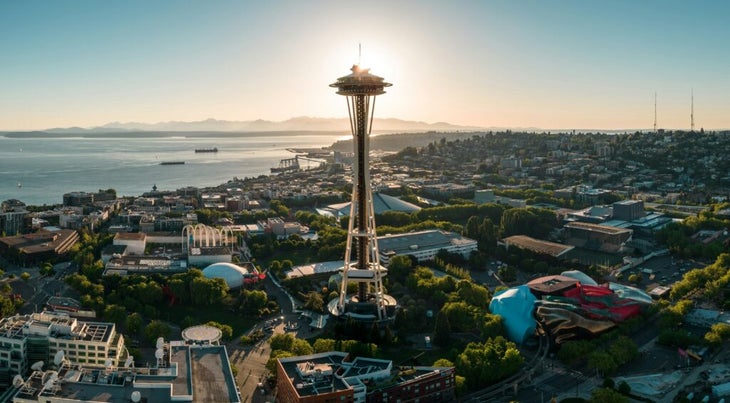
So, what’s the best option?
No place is the silver bullet to surviving our climate future. Individual preparedness, evacuation plans, information sharing, and infrastructural investment on the part of local governments are still the best options available to us.
Given that my family is about to relocate from Virginia to Seattle, I’m deeply grateful for the conversation with Swain that writing this story allowed me to have. Nowhere is perfect, but now, I have the chance to prepare.
Ryleigh Nucilli is the former Director of Digital Editorial at National Geographic, and she takes extreme environmental events very seriously. She is soon to be based in Seattle.
The post Is ‘The Last of Us’ Right About Seattle Being the Perfect Apocalypse Haven? appeared first on Outside Online.











